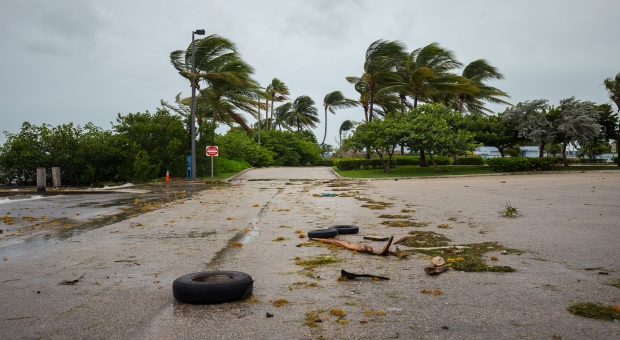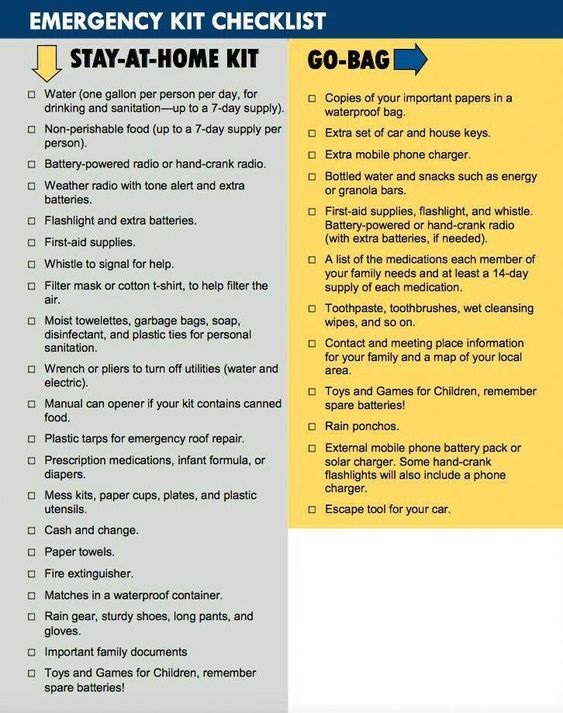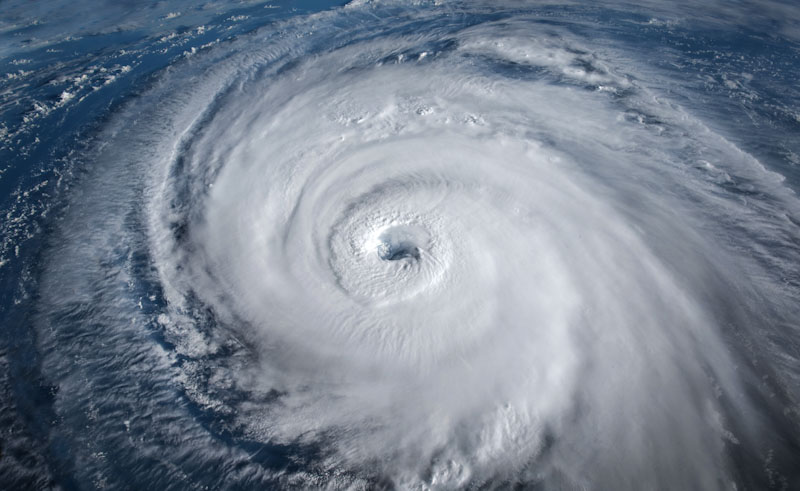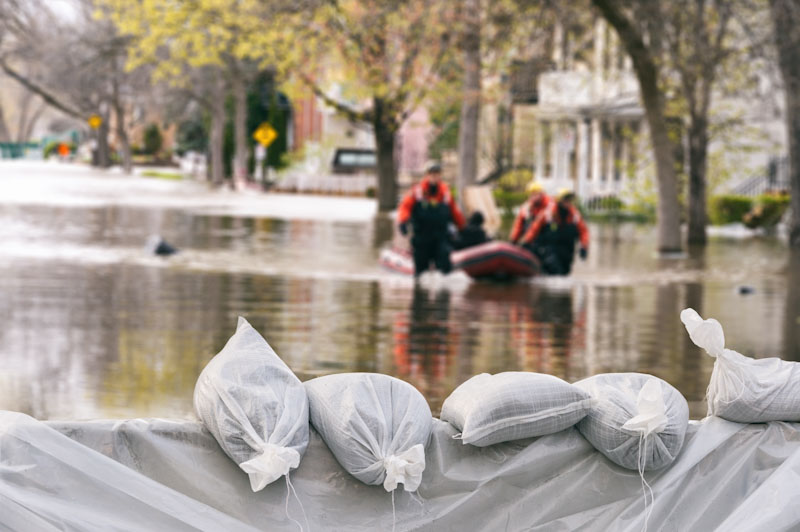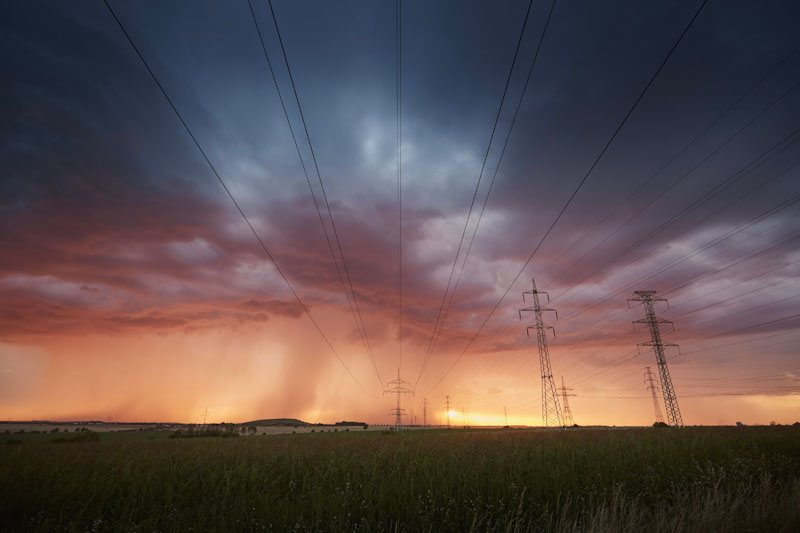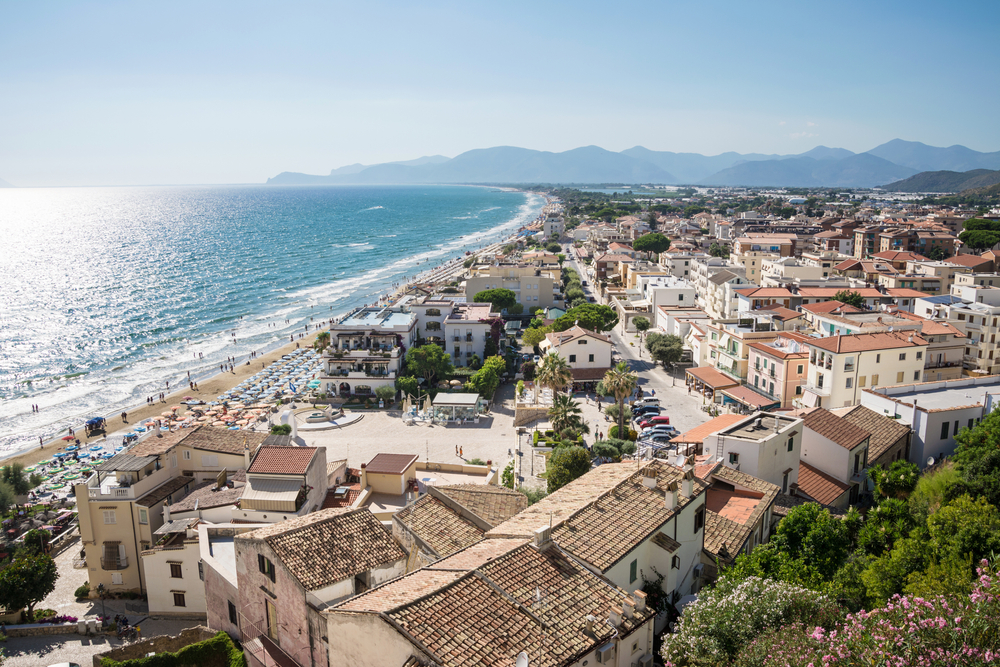In case you hadn’t noticed, hurricane season is here again.
It seems to sneak up on us every year. Not sure how hurricanes can be that sneaky. But for the next few months, anyone living along the cost will be watching the weather and checking the National Hurricane Center’s website.
Every year, hurricanes cost billions of dollars in damage, as well as taking some number of lives. The force that these storms generate is so large, that there’s nothing we can do about them. Even the greatest power mankind has invented, the nuclear bomb, only releases as much energy as one second of a hurricane. So nuking a hurricane wouldn’t do a thing.
How To Build a Small Bunker in Your Backyard with $400
Since we can’t stop hurricanes, the best we can do is prepare to survive them. How we actually survive them depends a lot on where we live and the resources we have available to us. But before we can figure that part out, we need to understand what we are trying to survive.
Hurricane Damage
Hurricanes cause damage in two distinct, but related ways; wind and water. The winds from a hurricane range from 74 to over 157 miles per hour. Depending on how fast those winds are, they can cause different degrees of damage.
| Category 1 | Winds 74 to 95 mph | Minor damage |
| Category 2 | Winds 96 to 110 mph | Extensive damage – can uproot trees and break windows |
| Category 3 | Winds 111 to 129 mph | Devastating – Can break windows and doors |
| Category 4 | Winds 130 to 156 mph | Catastrophic damage – Can tear off roofs |
| Category 5 | Winds over 157 mph | Can level houses and destroy buildings |
Of course, how well any home will withstand any of those categories of hurricanes will depend a lot on the design of the home, the materials used and the quality of construction. The walls of a cement block home will withstand more than a wood frame one, but still might lose its roof and have the windows blown in.
Hurricanes can also spawn tornadoes, increasing the local wind damaged caused by the hurricane. With wind speeds reaching well over 200 miles per hour, tornados can lift entire houses off their foundation, carrying them a considerable distance. Cars become missiles in these winds, tossed hundreds of yards to impact with whatever is in the way.
But the damage that hurricane winds cause can pale alongside the damage that is created by the water. This, component of the hurricane causes damage in two ways: through the storm surge and through flooding.
Storm surge is the wave of ocean water which is raised up by the hurricane’s high winds. The surge is the highest just before the eye of the hurricane, where there is an onshore wind. So, for the eastern part of the United States, the storm surge will be the worst in the northwest quadrant and for the western part it will be the worst in the northeast quadrant.
To date, the worst storm surge recorded from any hurricane striking the United States was at Pass Christian, Mississippi, from Hurricane Katrina. Waters there crested at 27.8 feet over the nominal sea level, sweeping far inland.
The survival of your home from the storm surge is mostly dependent upon the altitude where you live. If you are living in a beach home, a mere 20 feet above mean sea level, the storm surge from a hurricane could literally wash away your home. Some are built upon concrete stilts to protect from this. Hotels, especially hi-rise hotels, on beaches are built with this in mind, with foundations that can withstand the storm surge.
This storm surge normally only affects those whose homes are closest to the shoreline. For those living farther back, the flooding is caused by rainfall. That can reach far inland, depending on the particular hurricane, how much water it drops in the form of rain and how slowly it moves.
Hurricane Harvey was able to do massive amounts of damage to southeast Houston because the storm stalled once it made landfall, staying in the same place for three days. During that time, it dumped 60 inches of rain, much more than storm sewers and other drainage could handle. A large number of homes were flooded and families had to be evacuated by boat.
Flood damage from Hurricane Harvey was worse than it might have been in other areas for two reasons: First of all, the geography of the area worked against the rain draining off naturally, as the land is very flat. Secondly, there isn’t enough drainage available in the form of storm sewers and canals. This has been a problem in Houston for years, and one that they haven’t dealt with very effectively.
With either type of flooding, the damage caused to homes was largely superficial, leaving the structure intact. But that superficial damage included destruction of floor covering, drywall, wood trim and furniture. While the structure, plumbing, electrical and HVAC systems remained intact, the cost of repairs was extremely high.
Why Didn’t they Evacuate?
Normally, municipal governments deal with expected flooding by calling for a general evacuation. That didn’t happen in Houston. Putting 6.5 million people on the road isn’t a trivial exercise and requires superb planning and coordination. Houston had learned this lesson in 2005, when they evacuated for Hurricane Rita.
Rita hit the Texas coast just weeks after Hurricane Katrina, when concerns about hurricanes were running high. With that motivating the decision, city officials declared an evacuation, creating a 100 mile long traffic jam on the highways. More than 20 people died in that traffic jam, which lasted for more than 12 hours.
It is impossible to predict the future, yet somehow we all expect our government leaders to do so. They got the prediction wrong for Hurricane Rita, unnecessarily putting people’s lives at risk, as the hurricane missed Houston. Then, based upon that experience, they didn’t evacuate and ended up putting people’s lives at risk because Hurricane Harvey stalled, something that they couldn’t have foreseen.
What About the Preppers?
There were undoubtedly preppers living in the southwest part of Houston. But unless they owned boats or had the foresight to bug out to a prepared survival retreat, their prepping didn’t do them any good whatsoever. Whatever stockpile of food and other supplies they had, had to be left behind as they were rescued.
This sort of flooding is truly one of those cases where bugging out is truly a better option than bugging in. But that requires having a complete bug out plan in place, along with a supply cache and someplace you can stay while you’re away from home. Few preppers actually have that, because of the cost associated with setting up a survival retreat.
However, it doesn’t necessarily cost a lot to set up a survival retreat. While we would all love to have the proverbial cabin in the woods to use for our survival retreat, few of us can afford it. We need a less expensive plan; something like a tent, stored along with our survival cache, in one of those rental storage places, far enough away that it won’t be affected by the hurricane.
It’s much easier to make an early bug out decision, when one has somewhere to go. The people who don’t make that decision, are often constrained by not really being ready for it. Oh, they have their bug out bag ready; but that’s not enough.
So, What if We Don’t Bug Out?
People who live in hurricane zones are faced with the bug in/bug out decision, every time a hurricane heads for their home. invariably there are some who will chose to play it safe and bug out, while many more will take a chance and bug in. To some of these hearty souls, a hurricane is nothing more than the chance to throw a hurricane party.
That’s okay, as long as it lasts; but when the flood waters start risking, the party comes to an end. Then it’s time to figure out what to do, in order to survive the flooding.
Granted, we’re actually talking about fairly shallow flooding in most cases. The 60 inches that Houston received was rather extreme. In most cases, the flooding is actually much less; but it’s still enough for concern. It wouldn’t exactly be comfortable to stay in your home, with 30 inches of rain flowing through the living room.
Wait for Rescue
For most people, the only possible option is to wait for rescue. The Cajun Navy mobilized during Hurricane Harvey, bringing hundreds of shallow water boats to Houston to rescue people. This volunteer organization and others like it stand ready to render aid in such situations.
It’s a good thing that such organizations exist, because our government doesn’t have the capability to perform such rescue operations. Other than organizations like the city’s Parks Department or the state’s Fish and Game Department, there are few government agencies which have any boats at all. If we had to wait for the government to rescue us, most of us would drown due to lack of resources.
While these organizations do an incredible job of rescuing those in need, it comes at a price. They only allow the people they are rescuing to take one bag or suitcase with them. So you can forget the idea of carrying out even a portion of your prepping stockpile; there just isn’t room for it.
Perform a Self-Rescue
It would be better for us all, if we could perform a self-rescue from that flooding. That may seem a bit like a pie-in-the-sky idea, requiring us each to buy a boat; but it’s not. You can buy an inflatable boat for a couple of hundred dollars, which will do a fine job of rescuing your family. You just need one that is big enough for all of your family members and your luggage. Seems like a good investment to me.
If you plan it right, you won’t have to paddle your boat very far; merely to the nearest major street. Those streets will probably be being used by the rescue boats. So as long as you have a good piece of rope with you, you can probably get one of them to tow you to safety.
Of course, those boats are going to be heading to someplace that has been set up as an emergency shelter. Whether you decide to stay there or go someplace else is up to you. Personally, I’d try to make it to some alternate location, like a friend’s house or a nearby hotel, rather than put my family in an emergency shelter.
Shelter in Place
The third option is to shelter in place. I realize this sounds unrealistic, but it’s not, given the right circumstances. A lot depends on how much flooding there is and how may floors your home has.
I have known a number of people who have ridden out hurricanes on the upper floor of their two-story homes. Since most floods are no more than two or three feet of water, the idea of staying upstairs and riding out the storm isn’t unrealistic. It’s even better when you have a home made out of cement block, as that will withstand the rising waters better than wood framing.
You can even shelter in place by moving up into the attic, if your home has one. In most cases, the attic will keep you above the flood waters, just as being on the second floor will. But don’t move into the attic, unless you have some way of getting out of it, either through a dormer or a hatch in the roof. Getting trapped in your attic would be a bad way to drown.
In either case, you want to make sure that you have taken the time to prepare to shelter in your home. That means having the necessary supplies in place, as well as a means to cook something to use for a toilet and some way of keeping warm. None of this is difficult and should fit easily into your existing prepping plans. In many cases, it’s nothing more than moving things you’ve already done to the second floor of your home.


